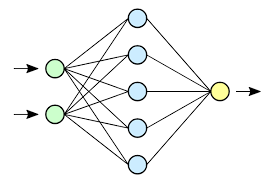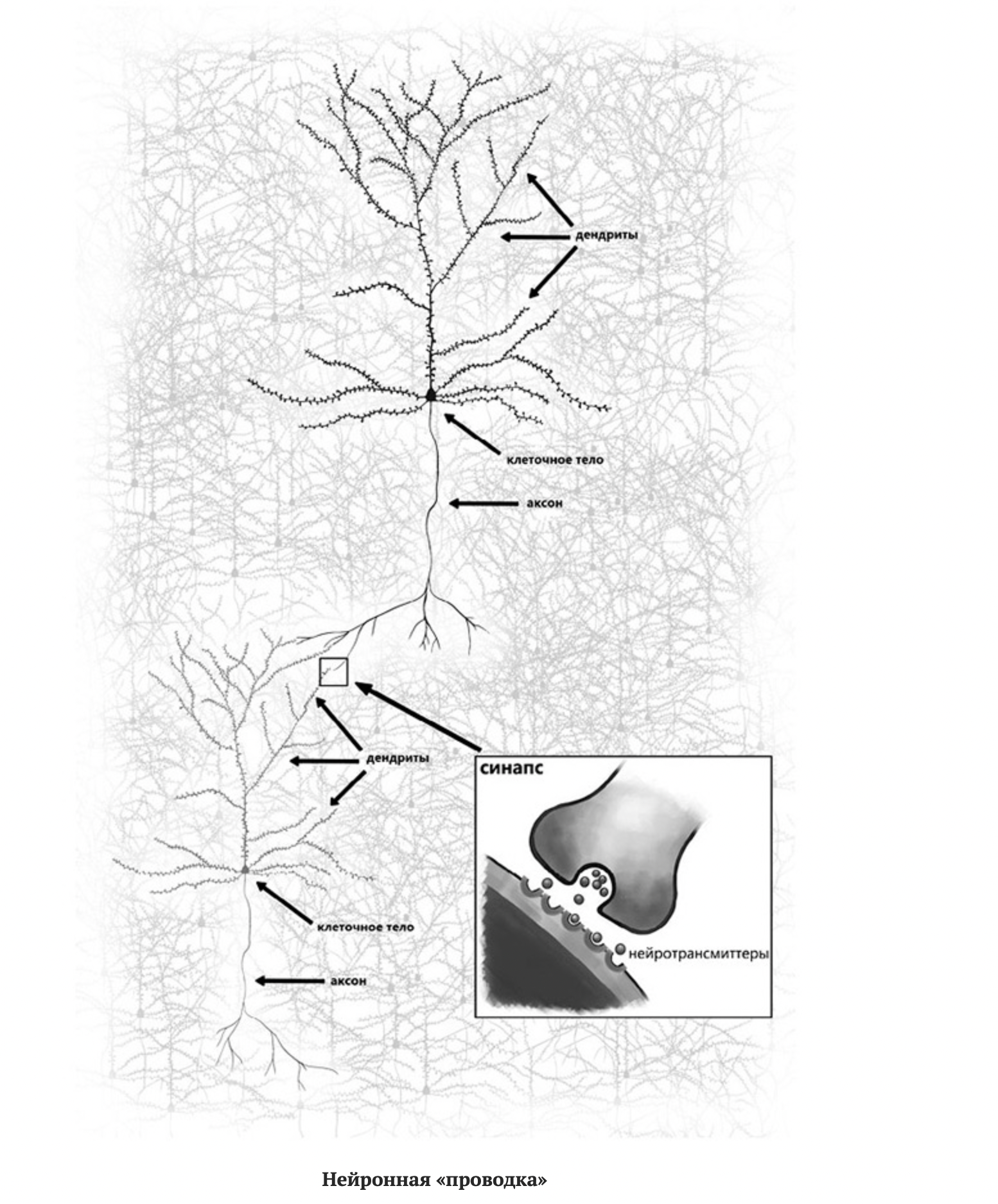Post about science
(translated with ChatGPT, and I am amazed how it is productive to use it for translation!)
I decided to write about my thoughts on science - what it is, why it’s important, and how it can be beneficial.
I think if you ask an average person what a scientist looks like, most would imagine someone sitting in a laboratory with glasses, examining documents or test tubes with a thoughtful expression. After writing this text, I made a request to Stable Diffusion, and it drew roughly what I anticipated:

Although in reality, scientific activity has a direct relevance to every individual and can and should be applied by everyone.
What is science anyway? It’s everything humans (or organizations, or societies) do to develop objective knowledge about reality. In other words, “engaging in scientific activity” = “engaging in understanding and comprehending how this world actually operates.” If knowledge is poor, incorrect, or incomplete, then the results of interacting with this world are mediocre. Even a successful Italian mobster in New York in the 1930s was in some way engaging in scientific activity, but it was in social sciences, management, and logistics :) . Adequate knowledge about the world enables making correct decisions, reduces the time to solve tasks by tens, if not thousands, of times, or helps avoid troubles - imagine, for example, if your child didn’t know that there are poisonous snakes and how to behave around them.
But mere facts and theories, even if they are adequate, do not always help. A crucial component of knowledge is applying it in thinking. It’s not about tons of books lying on a shelf or a bunch of encyclopedic facts that help shine at a party or solve a crossword puzzle; it’s quite a practical thing - implementing thinking and actions based on this information. So, if you “know” you should wash your hands before eating and don’t do it, then you don’t know it. If you “know” that storing user passwords in an open database is a bad idea but still do it and don’t take any action about it, then you don’t actually know it.
Also, not all our knowledge is adequate, even though we apply it. We may be confident in something, but this confidence may be based on outdated data. This happens quite often - remember, for example, the model of the atom. Some things can be “rumors” or deliberate propaganda, and the world may not actually operate the way you imagined. By researching this and finding scientific evidence for it (more on that below), counterintuitive conclusions may follow, and they often do. For example, to achieve greater height in Olympic high jump competitions, you have to flip backward before the jump, or the double-slit experiment, from which some draw conclusions about the existence of multiverses. Personally, for me, understanding that neurons and synapses look and function differently than in artificial neural networks became such a moment. Since my knowledge was more about mathematics than biology, I thought that information transmission between neurons really acts as in some model:
 Artificial Neural Network Model
Artificial Neural Network Model
But the structure of neurons in the brain has many fundamental differences.

Illustration from Lisa Feldman Barrett’s book - “Seven and a Half Lessons About the Brain”
There are many differences, at least the following:
- One neuron can connect with several axon terminals to different or the same dendrites.
- There are no “layers” between neurons as in artificial networks in the full sense - neurons from the amygdala can reach far into the frontal cortex.
- Information between neurons spreads not discretely but in an “analog” way (if this term is applicable here), meaning the signal to all neurons does not come at a certain frequency, but as it happens, and each neuron responds differently.
- One neuron is involved in encoding several networks, not just one.
- Axons and dendrites grow, sometimes very fast (one of the protrusions in the picture above can grow in a day).
- Besides neurons, there are also glial cells, which actively participate in improving/worsening conductivity between neurons.
- There are many ways a neuron accumulates charge (synapses, ion channels on the neuron’s body, of which there are also several types).
- And lots of other things… and this, to be honest, is mesmerizing what else we can discover if we can incorporate some important aspects into new models. Unfortunately, there is no certainty that existing production capacities will allow such modeling to be fully implemented - we only started applying full-fledged artificial neural networks seventy years after their first description.
In principle, any knowledge or solutions that now seem mundane and routine were once counterintuitive, and it’s a separate task to translate counterintuitive working solutions into routine ones - it’s called engineering. And finding these counterintuitive solutions is invention. But invention still differs from science. If science answers the question “how is everything arranged?”, then invention is “how to solve this problem?”, and engineering activity is “how to do it?” The quality of answers to the first questions determines the quality of answers to the last ones.
A small note - it doesn’t necessarily have to be some material things. For example, a new way of thinking can also be an invention and initially seem counterintuitive.
As for the scientific approach - in the next post :)